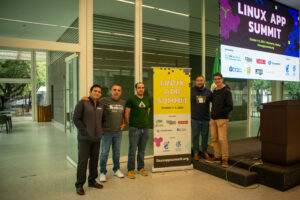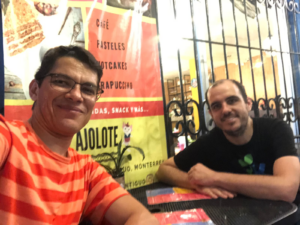Fedora 41 has been released!
🎉 So let’s see what comes in this new release for the Fedora Atomic Desktops
variants (Silverblue, Kinoite, Sway Atomic and Budgie Atomic).
Note: You can also read this post on the
Fedora Magazine.
bootupd enabled by default for UEFI systems (BIOS coming soon)
After a long wait and a lot of work and testing, bootloader updates are finally
enabled by default for Atomic Desktops.
For now, only UEFI systems will see their bootloader automatically updated on
boot as it is the safest option. Automatic updates for classic BIOS systems
will be enabled in the upcoming weeks.
If you encounter issues when updating old systems, take a look at the
Manual action needed to resolve boot failure for Fedora Atomic Desktops and Fedora IoT
Fedora Magazine article which includes instructions to manually update UEFI
systems.
Once you are on Fedora 41, there is nothing more to do.
See the
Enable bootupd for Fedora Atomic Desktops and Fedora IoT
change request and the tracking issue
atomic-desktops-sig#1.
First step towards Bootable Containers: dnf5 and bootc
The next major evolution for the Atomic Desktops will be to transition to
Bootable Containers.
We have established a roadmap
(atomic-desktops-sig#26)
and for Fedora 41, we added dnf5 and
bootc to the Bootable Container images
of Atomic Desktops.
Those images are currently built in the Fedora infrastructure
(example)
but not pushed to the container registry.
The images currently available on
quay.io/fedora
(Silverblue,
Kinoite, etc.)
are mirrored from the ostree repository and thus do not yet include dnf5 and
bootc.
Once releng#12142 has been completed,
they will be replaced by the Bootable Container images.
In the mean time, you can take a look at the unofficial images (see the
Changes in unofficial images section below).
See the
DNF and bootc in Image Mode Fedora variants
change request and the tracking issue
atomic-desktops-sig#48.
What’s new in Silverblue
GNOME 47
Fedora Silverblue comes with the latest
GNOME 47 release.
For more details about the changes that alongside GNOME 47, see
What’s new in Fedora Workstation 41
on the Fedora Magazine and
Fedora Workstation development update – Artificial Intelligence edition
from Christian F.K. Schaller.
Ptyxis as default terminal application
Ptyxis is a terminal for GNOME with first-class support for containers, and
thus works really well with Toolbx (and
Distrobox). This is now the default terminal app and
it brings features such as native support for light/dark mode and
user-customizable keyboard shortcuts.
See Ptyxis’ website.
Wayland only
Fedora Silverblue is now Wayland only by default. The packages needed for the
X11 session will remain available in the repositories maintained by the GNOME
SIG and may be overlayed on Silverblue systems that require them.
See the
Wayland-only GNOME Workstation Media
change request and the tracking issue:
atomic-desktops-sig#41.
What’s new in Kinoite
KDE Plasma 6.2
Fedora Kinoite ships with Plasma 6.2,
Frameworks 6.7 and
Gear 24.08.
See also
What’s New in Fedora KDE 41?
on the Fedora Magazine.
Kinoite Mobile
Kinoite Mobile is currently only provided as unofficial container images. See
the Changes in unofficial images section
below.
See the
KDE Plasma Mobile Spin and Fedora Kinoite Mobile
change request.
What’s new in Sway Atomic
Fedora Sway Atomic comes with the latest
1.10 Sway release.
What’s new in Budgie Atomic
Nothing specific this release. The team is working on Wayland support.
Changes in unofficial images
Until we complete the work needed in the Fedora infrastructure to build and
push official container images for the Atomic Desktops (see
releng#12142), I am providing
unofficial builds of those. They are built on GitLab.com CI runners, use the
official Fedora packages and the same sources as the official images.
You can find the configuration and list on
gitlab.com/fedora/ostree/ci-test
and the container images at
quay.io/organization/fedora-ostree-desktops.
New unofficial images: Kinoite Mobile & COSMIC Atomic
With Fedora 41, we are now building two new unofficial images: Kinoite Mobile
and COSMIC Atomic. They join our other unofficial images: XFCE Atomic and LXQt
Atomic.
See
How to make a new rpm-ostree desktop variant in Fedora?
if you are interested in making those images official Fedora ones.
See the
KDE Plasma Mobile Spin and Fedora Kinoite Mobile
change request and the
Fedora COSMIC Desktop Environment Special Interest Group (SIG)
page.
Renaming the Sericea and Onyx unofficial images to Sway Atomic and Budgie Atomic
If you are using the
Sericea
or
Onyx
container images, please migrate to the new Atomic names for Sericea & Onyx
(sway-atomic
and
budgie-atomic)
as I will remove the images published under the old name soon, likely before
Fedora 42.
We will likely rename the official container images as well.
Smaller changes common to all desktops
Unprivileged updates
The polkit policy controlling access to the rpm-ostree daemon has been
updated to:
- Enable users to update the system without having elevated privileges or
typing a password. Note that this change only applies to system updates and
repository meta updates; no other operations.
- Reduce access to the most privileged operations (such as changing the kernel
arguments, or rebasing to another image) of
rpm-ostree for administrators
to avoid mistakes. Only the following operations will remain password-less to
match the behavior of package mode Fedora with the dnf command:- install and uninstall packages
- upgrade the image
- rollback the image
- cancel transactions
- cleanup deployment
See the
Unprivileged updates for Fedora Atomic Desktops
change request and the tracking issue
atomic-desktops-sig#7.
“Alternatives” work again
The alternatives command
(alternatives(8)) is now working on
Atomic Desktops.
See the tracking issue
atomic-desktops-sig#51
for more details and documentation.
Fixes for LUKS unlock via TPM
Support for unlokcing a LUKS partition with the TPM is now included in the initramfs.
See the tracking issue
atomic-desktops-sig#33 and
the in progress documentation
silverblue-docs#176.
Universal Blue, Bluefin, Bazzite and Aurora
Our friends in the Universal Blue project have
prepared the update to Fedora 41 already. For Bazzite,
you can find all the details in
Bazzite F41 Update: New Kernel, MSI Claw Improvements, VRR Fixes, Better Changelogs, GNOME 47 & More.
For Bluefin (and similarly for
Aurora), see
Bluefin GTS is now based on Fedora 40.
I heavily recommend checking them out, especially if you feel like some things
are missing from the Fedora Atomic Desktops and you depend on them (NVIDIA
proprietary drivers, extra media codec, etc.).
What’s next
We have made lot of progress
since the last time,
thus this section is going to be more exciting!
Roadmap to Bootable Containers
As I mentionned in
First step towards Bootable Containers: dnf5 and bootc,
the next major evolution for the Atomic Desktops will be to transition to
Bootable Containers. See also the
Fedora bootc documentation.
We have established a roadmap
(atomic-desktops-sig#26)
and we need your help to make this a smooth transition for all of our existing
users.
composefs
Moving to composefs is one of the items on the roadmap to Bootable Containers.
composefs is the next step for ostree based systems and will enable us to
provide better integrity and security in the future.
For Fedora 41, we moved
Fedora CoreOS and Fedora IoT
to composefs.
For the Atomic Desktops, this is planned for Fedora 42 as we still have a few
issues to resolve. See the
Enabling composefs by default for Atomic Desktops
change request and the tracking issue
atomic-desktops-sig#35.
Custom keyboard layout set on installation
This fix is important for setups where the root disk is encryptd with LUKS and
the user is asked a passphrase on boot. Right now, the keyboard layout is not
remembered and defaults to the US QWERTY layout. Unfortunately this fix did not
land in time for Fedora 41 but this will be part of the Fedora 42 installations
ISOs. Help us test this by installing systems from a Rawhide ISO to confirm
that this issue is fixed.
If you are impacted by this issue, see the tracking issue
atomic-desktops-sig#6 for
the manual workarounds.
Unifying the Atomic Desktops documentation
We would like to unify the documentation for the Fedora Atomic Desktops into a
single one instead of having per desktop environments docs which are mostly
duplicate of one another and need to be constantly synced.
See the tracking issue
atomic-desktops-sig#10.
Where to reach us
We are looking for contributors to help us make the Fedora Atomic Desktops the
best experience for Fedora users.
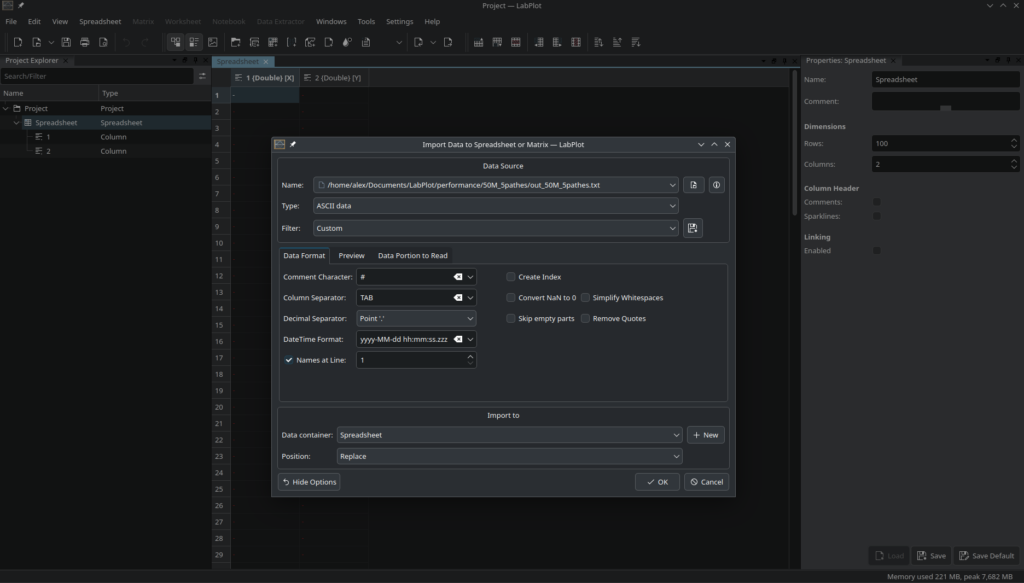
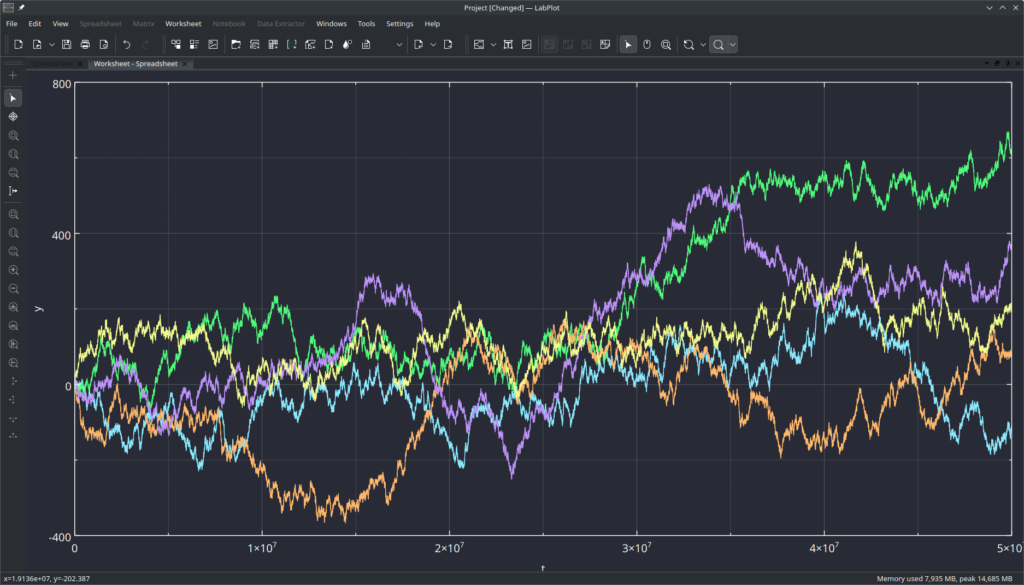

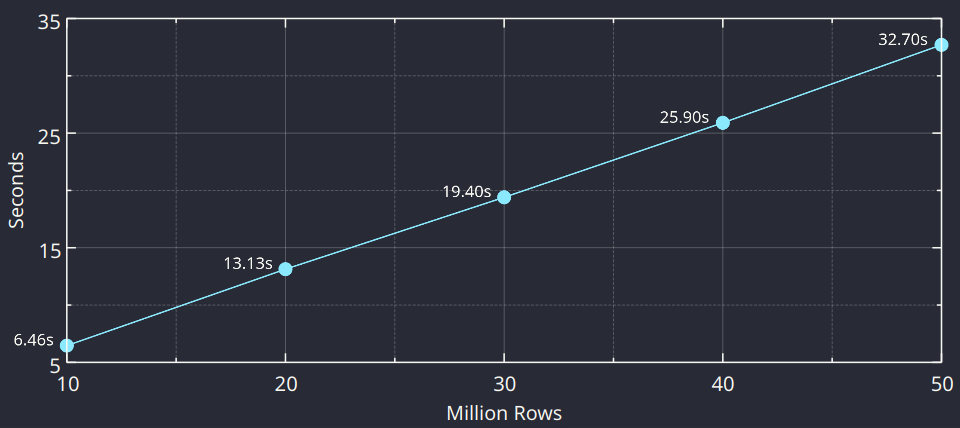
 @zamundaaa:kde.org
@zamundaaa:kde.org


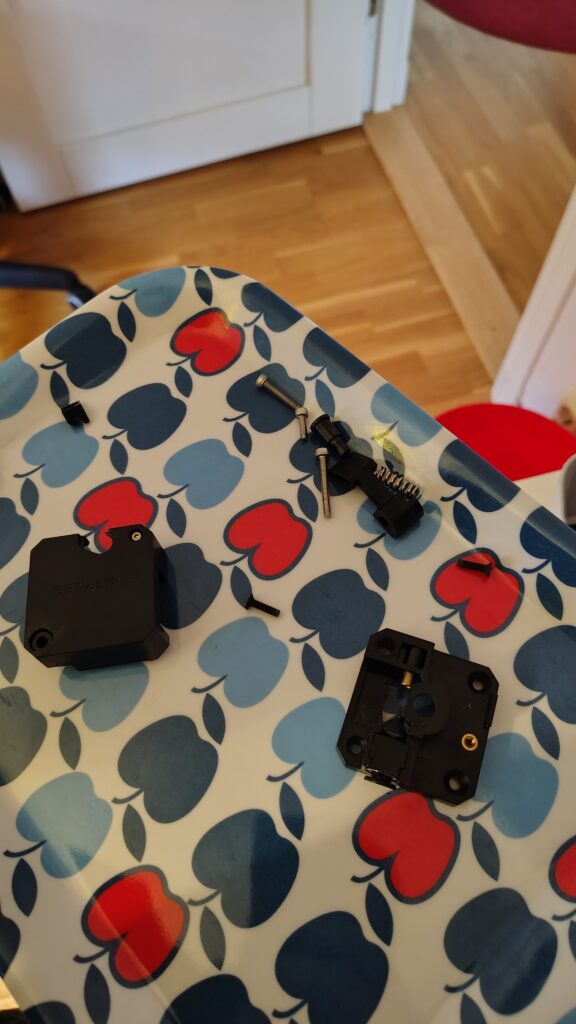
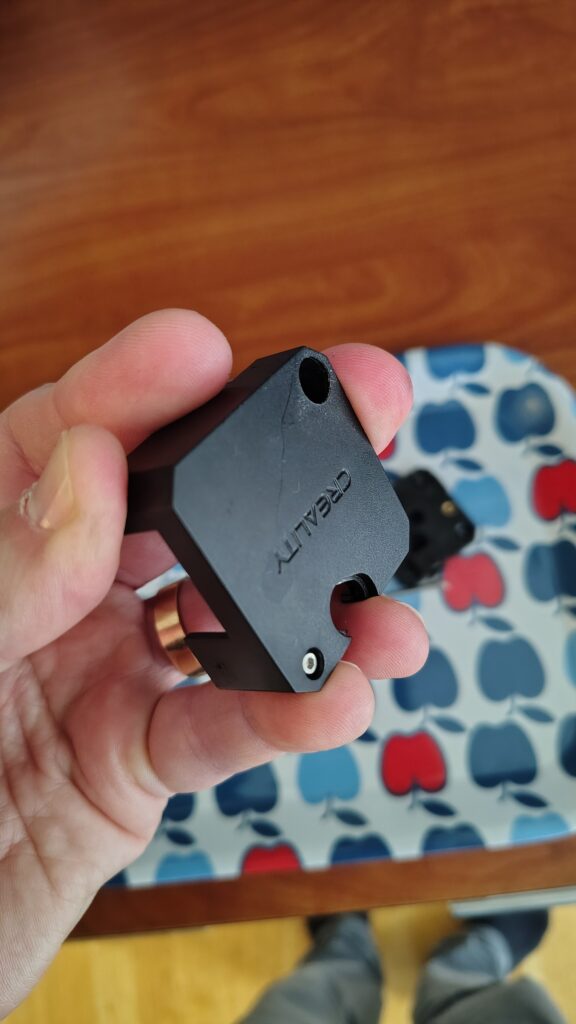

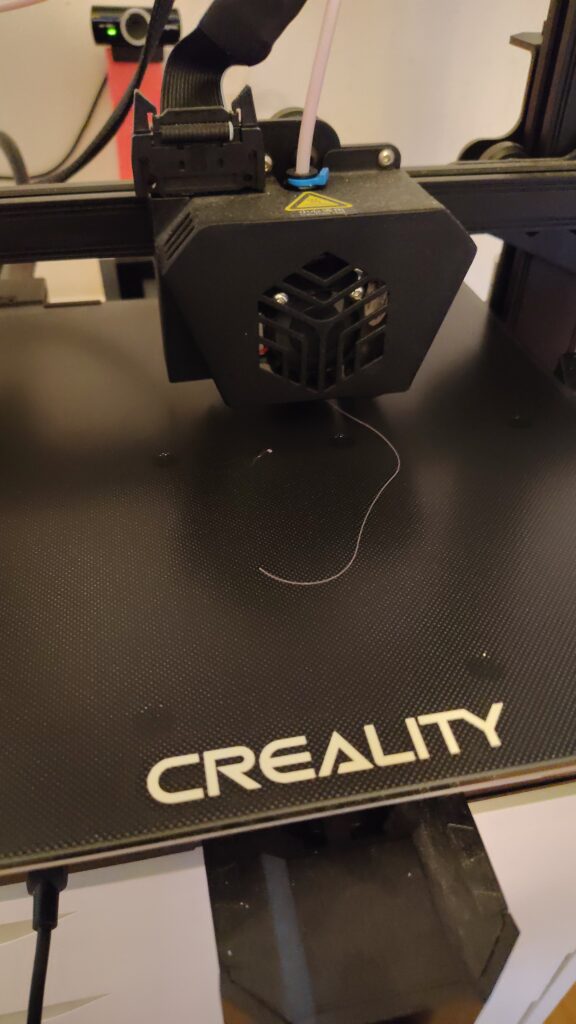
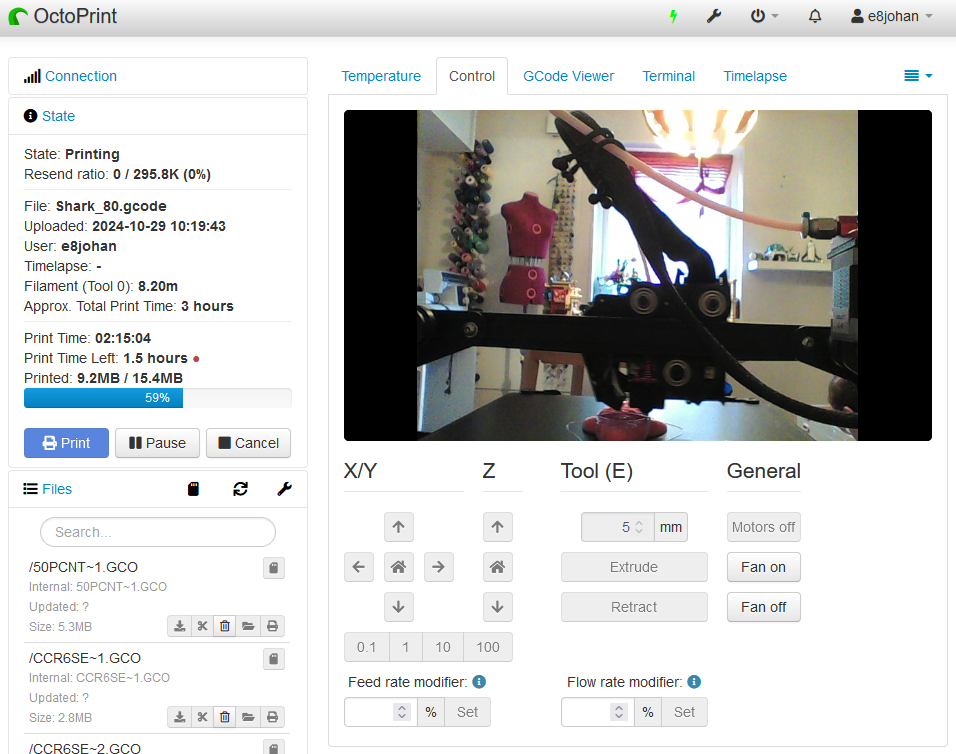






 apol
apol